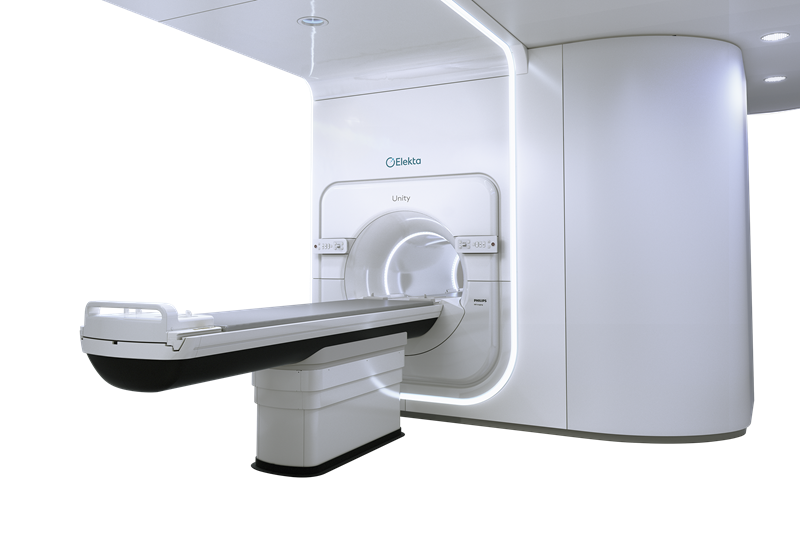Elekta Unity Users Presented 71 Abstracts at ESTRO
 Elekta Unity clinical users worldwide presented 71 new abstracts highlighting the high-field magnetic resonance radiation therapy (MR/RT) system’s capabilities for treating cancer. The abstracts were reported at the European Society for Radiotherapy and Oncology (ESTRO) annual meeting, held May 6-10 in Copenhagen, Denmark.
Elekta Unity clinical users worldwide presented 71 new abstracts highlighting the high-field magnetic resonance radiation therapy (MR/RT) system’s capabilities for treating cancer. The abstracts were reported at the European Society for Radiotherapy and Oncology (ESTRO) annual meeting, held May 6-10 in Copenhagen, Denmark.
Elekta Unity unites an advanced linear accelerator with state-of-the-art MRI technology on a single platform – thus enabling clinicians to visualize tumors during the treatment. According to the company, the system is the world’s first and only high-field MR-Linac.
It is enormously gratifying to see our clinical partners report on such promising outcomes on a wide variety of cancer types,” said Lionel Hadjadjeba, President Linac Solutions at Elekta. “The latest update from the MOMENTUM study reported outcomes on over 40 different disease sites in 1,800 patients. Jasmijn Westerhoff, presented her team’s paper where a subset of these patients (more than 1,000) had Unity’s full online adaptive personalized treatment and less than a half a percent of them reported any grade 3 toxicities and there were no severe toxicities. We could not be happier with these results.”
Kevin Brown, Distinguished Scientist at Elekta, singled out an abstract presented by Mathilde Ejlsmark, from Odense University Hospital in Denmark that reported on a phase II study evaluating the efficacy and side effects of high dose SBRT for locally advanced pancreas cancer. “In this study, researchers from Denmark reported on the feasibility of treating pancreas cancer patients to a dose that is nearly double what is typically used for this treatment resistant tumor type. While there were some severe side-effects in patients who were treated with only CBCT-guidance, there were none in the patients treated on the Elekta Unity. I take this as more evidence that, indeed, seeing what you treat, matters,” said Brown.
Another abstract compared the dosimetry and toxicity between CBCT-guided and MR-guided radiation for prostate cancer. “In this study, Vickie Kong, and her team from Princess Margaret Cancer Centre in Canada, demonstrated how MR-guided adaptation resulted in more favorable protection of the rectal tissues adjacent to the prostate. As one might expect, acute GI toxicity was reported in 8 percent of patients treated with CBCT-guidance and 0 percent with MR-guidance. These reassuring results gives our user community hope that MR-guidance will enable them to push hypofractionation even further in the care of prostate cancer, making treatments even more cost-effective than they already are.”
Hadjadjeba added, “With these latest abstracts presented at ESTRO, our users add to a growing mountain of evidence supporting Unity’s clinical value. Elekta Unity’s community leads all others in clinical research of MR-guided radiation therapy, now with over 650 abstracts and more than 450 peer reviewed articles. We believe that ‘seeing what you treat’ matters, and Elekta Unity lets clinicians see more.”